When you think about it, losing weight doesn’t really make much sense.
It’s not what you really want, is it?
Take a look at the image below and tell me, which body would you think weighs less…
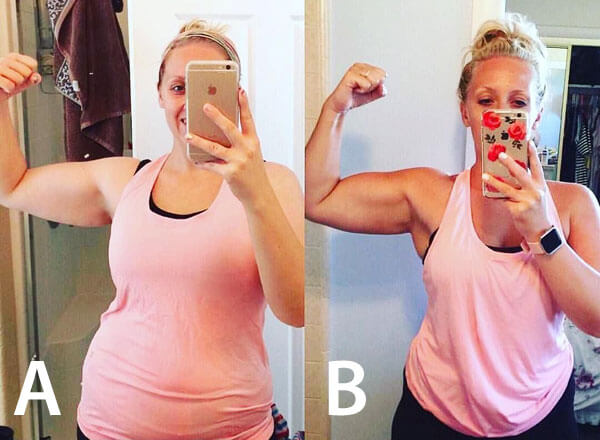
I’m going to assume that, like the majority of people, you chose Body B.
Now, what if I told you that Body B actually weighs exactly the same as Body A?
If both bodies weigh the same, it’s surely not as much about weight loss as it is about the ratio of fat to muscle in your body (I’ll explain more about this in a minute).
Losing fat and gaining muscle is what you’re really looking for.
Yet, when it comes to exercise, there are right and wrong ways to accomplish this.
If you’re like most people and focused entirely on exercising to burn or reduce fat, you’re doing it all wrong.
Here’s why…
Why Muscle Makes All The Difference
While most people trying to lose weight are focused entirely on fat, it’s actually muscle tissue that’s most important.
On a superficial level, the tissue that makes up your muscles is much more dense than fat tissue, meaning that is takes up less space in your body, making you look more lean.
Just take a look at the image below
You can see there’s a big difference between fat and muscle.
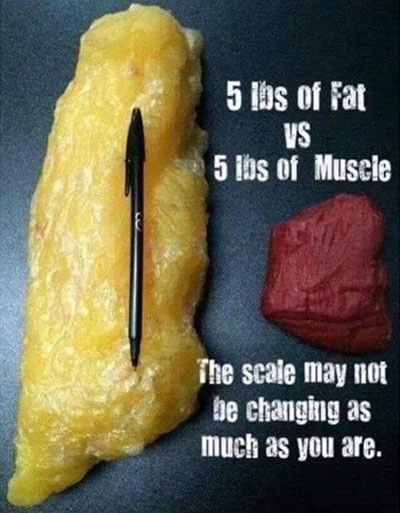
Yet, on a deeper physiological level, it’s important to understand that muscle tissue is far more metabolically active than fat tissue.
And when at rest (not exercising), your muscles mainly use fat for the energy needed to maintain them.
This means that the more muscle you have on your body, the more calories and fat your body will burn all day long.
Not only does building muscle tissue help you to burn more fat, it also helps prevent the accumulation of fat in your body.
(NOTE: Women shouldn’t be concerned about gaining too much muscle or developing an overly-muscular physique. Most don’t have the capacity to build large, bulky muscles. Mild to moderate resistance training tends to lead to a more toned, lean appearance. Want to read about a thyroid exercise success story? Check out this blog post.)
How the Wrong Exercise Will Help You Lose Weight… While Gaining Fat and Suppressing Your Thyroid
When you think about it, there are actually a lot of ways to lose weight.
For example:
- You could lose 1 lb. (0.45 kg) in 10 minutes, just by donating blood.
- Willing to give an arm and a leg to lose weight? That would shave off another 8 lbs. and 26 lbs., respectively.
While that may sound a bit ridiculous… the way most people are trying to lose weight today in the gym is pretty much the same.
I’m talking about cardio exercise.
This includes any type of exercise that leaves you out of breath for an extended period of time, like running.
(NOTE: Cardio exercise isn’t the only problem hypothyroidism and Hashimoto’s sufferers face in the gym. See what other exercise dangers you should avoid in this article on “How to Stop Exercise from Ruining Your Thyroid”.)
What most fail to understand is that cardio exercise is just as efficient at “burning” or breaking down muscle tissue as it is fat tissue.
When you break down muscle tissue, you are definitely still losing weight, just not the kind of weight you want to be losing.
This often leads to less than exciting results when you look in the mirror.
Yet, here’s the most important part you need to consider…
Muscle is far more metabolically active than fat.
So, when you break down muscle tissue, you are actually decreasing your metabolism and your ability to burn fat in the future.
And you can be sure that this negatively affects your thyroid health as well…
You see, when your body breaks down muscle tissue, it does so by releasing a stress hormone called cortisol.
We talk a lot about cortisol here at Forefront Health, because as a hypothyroidism sufferer, you naturally overproduce cortisol to compensate for your lowered thyroid function.
The problem is that cortisol further suppresses your thyroid in many ways, including:
- Inhibiting your liver from converting your inactive T4 thyroid hormone into the active T3 form your body needs
- Increasing estrogen production, which suppresses thyroid function on many levels, while also increasing the fat storage enzyme.
- Increasing the release of amino acids through its breakdown of muscle tissue, some of which directly suppress the thyroid gland.
- Increasing the breakdown of the thymus gland, which can increase your chances of developing Hashimoto’s thyroiditis and other autoimmune conditions.
If you’re already over-producing cortisol, you don’t want exercise to further worsen the problem.
In the short term, the excessive breakdown of muscle tissue will likely result in greater weight loss over a shorter period of time (simply because muscle weighs more than fat).
However, in the long run, you’re more likely to regain even more fat while maintaining less muscle.
That’s the opposite of what you really want.
How the Right Exercise Will Help You Lose Weight… While Losing Fat and Boosting Your Thyroid
A better approach to weight loss is one that safely promotes fat loss, increases your metabolic rate, and boosts your thyroid in the process.
This is done by exercising in a much different way: through resistance training.
By using resistance training properly, you can avoid the thyroid-suppressive and damaging stress of cardio exercise, while increasing your muscle at the same time.
As mentioned before, the more muscle you have, the more calories your body will burn, the more fat your body will use, and the less fat you will accumulate.
We’re not talking about extreme weight lifting.
Mild to moderate resistance exercise is often enough to help build and maintain adequate muscle tissue.
You don’t have to become a muscle-bound bodybuilder.
Your muscles will simply look more toned and lean.
Who wouldn’t like that?
So instead of damaging your thyroid health and making yourself miserable doing cardio, focus on resistance training exercises.
You’ll be promoting the long-term thyroid-boosting fat loss that you’ve been looking for.
Here’s A Place to Start
Not sure where to start? Want to know exactly what exercises support your weight loss goals while protecting your thyroid?
We’ve got those answers for you and much more in the Hypothyroidism Exercise Revolution Program.
This guide explains step-by-step what to do, and how it helps your thyroid and overall health, and is super simple to follow.
You can get all the details about this Hypothyroidism Exercise Program by clicking here.


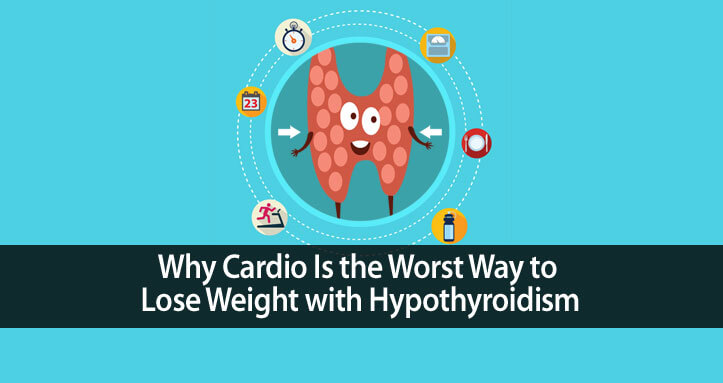
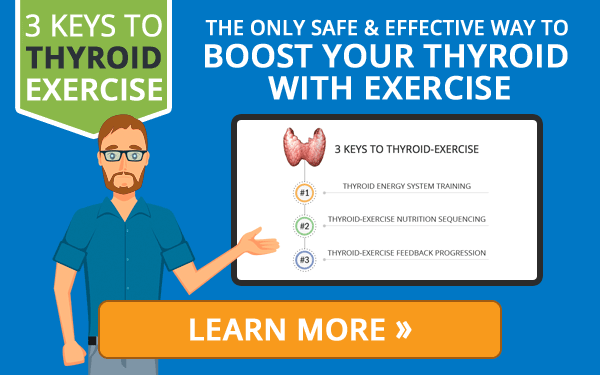

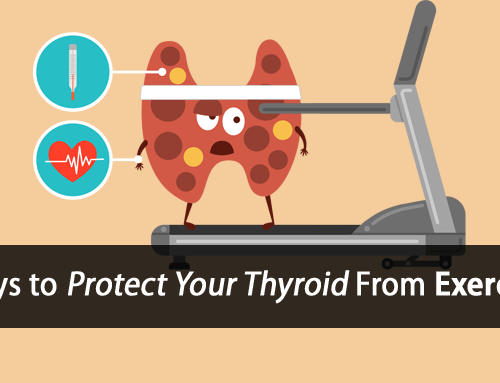

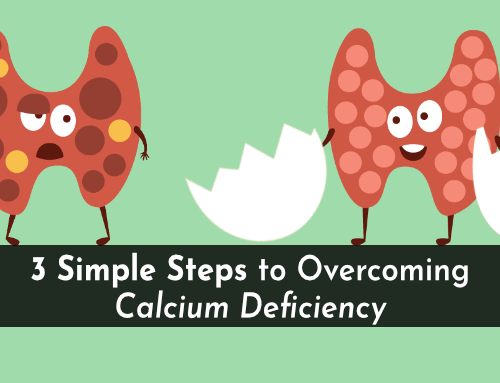
Leave A Comment